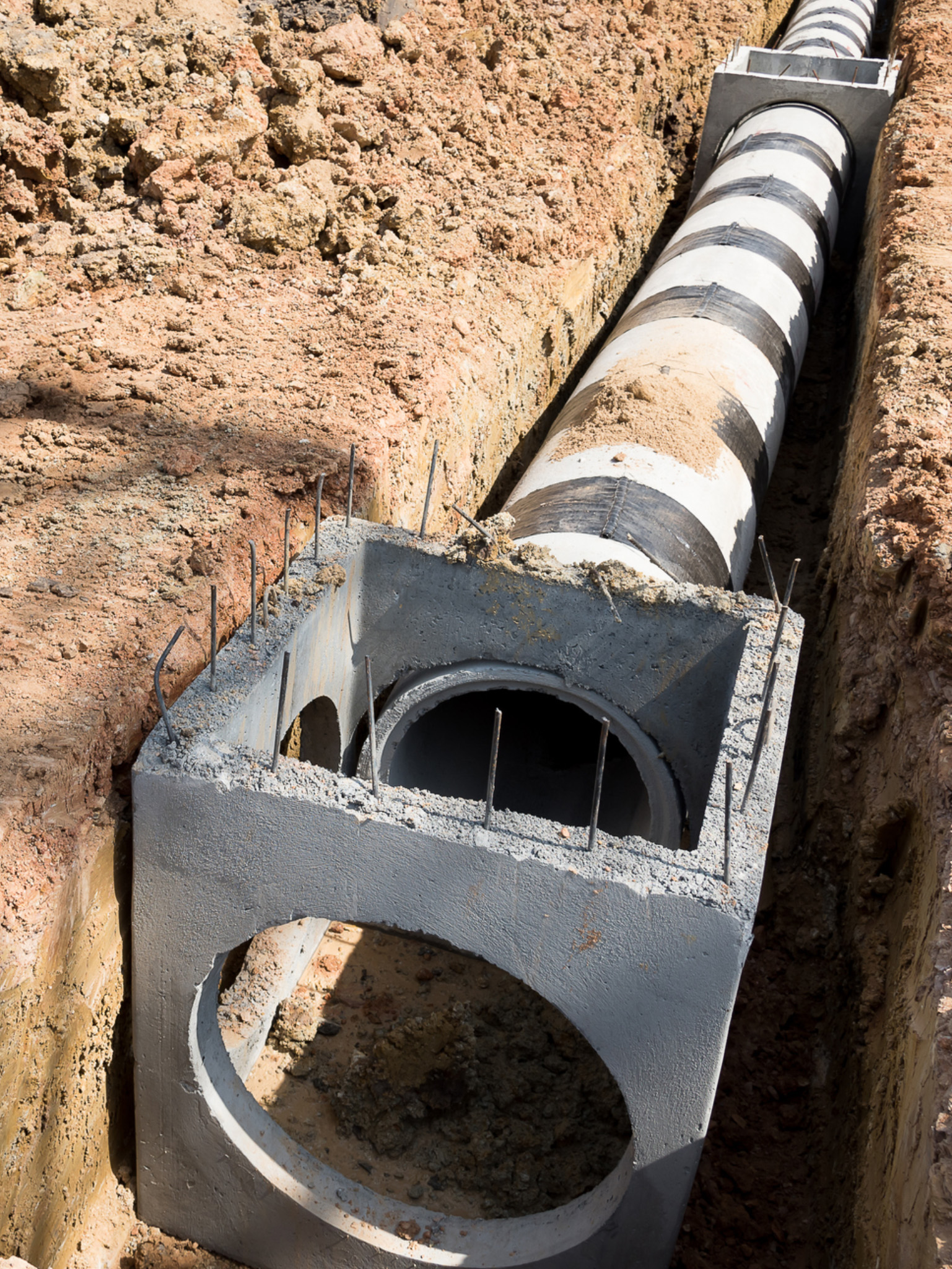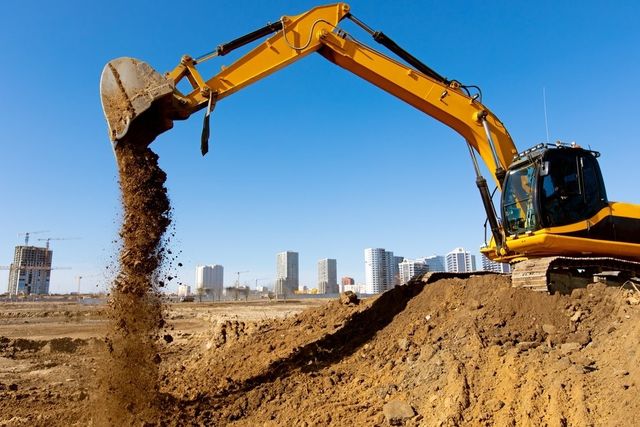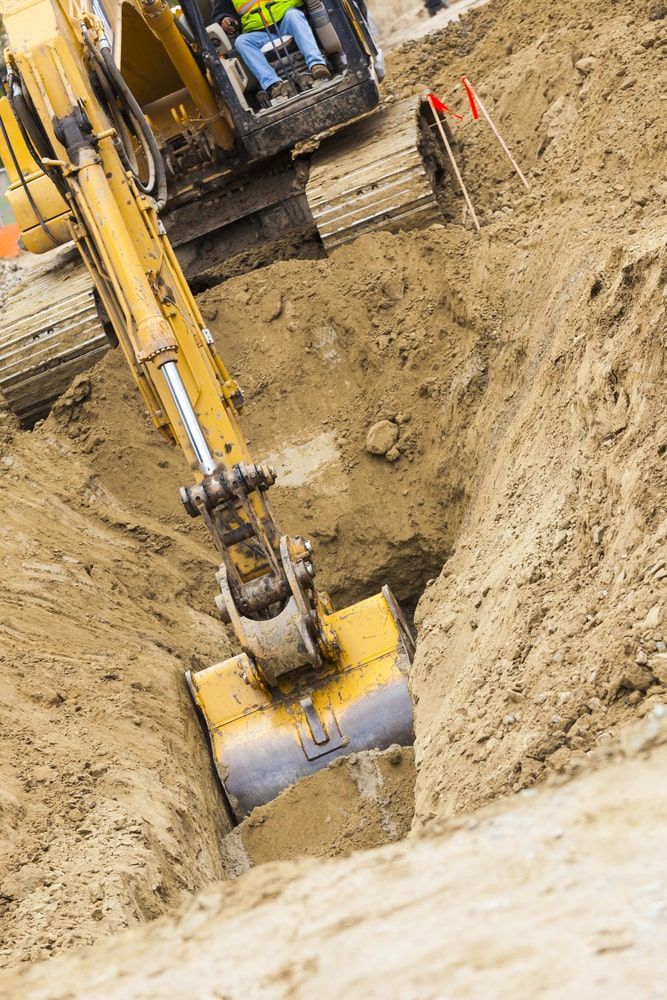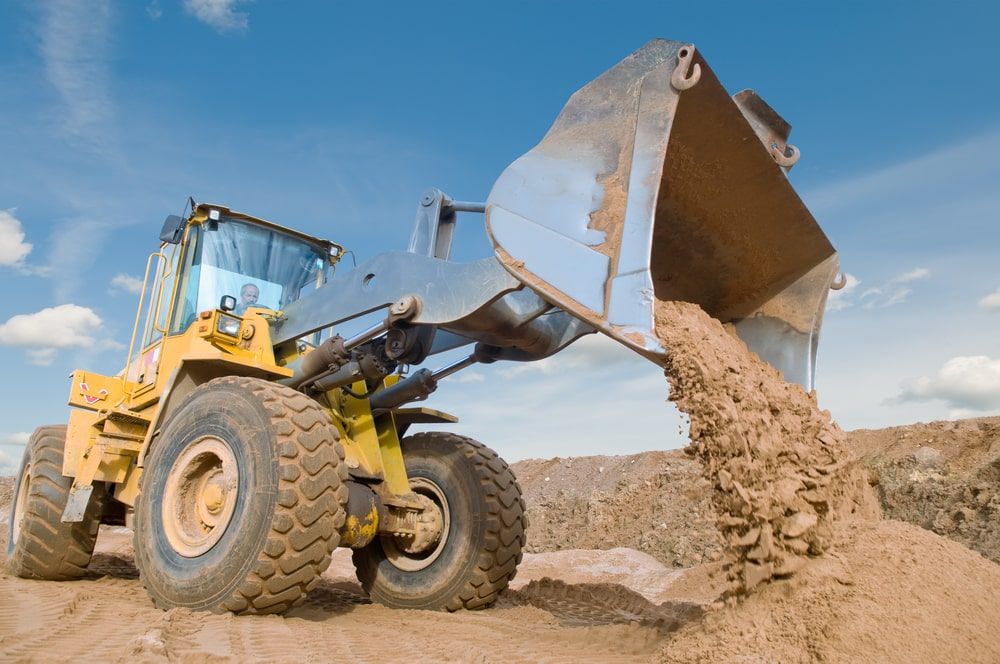Residential Excavating Ohio - Specialized Excavation for Ohio Residences
Residential Excavating Ohio - Specialized Excavation for Ohio Residences
Blog Article
Extensive Exploration: The Science Behind Superior Excavation Practices
From ancient hand tools to modern-day hydraulic excavators, the development of excavation techniques has actually been a testament to human ingenuity and technological developments. What truly establishes premium excavation methods apart is a deep understanding of geological principles, coupled with the utilization of advanced tools and methodologies.
Advancement of Excavation Methods
Throughout history, the advancement of excavation strategies has played an essential role in progressing construction methods and historical discoveries. From the rudimentary devices utilized by our ancestors to the advanced machinery used in contemporary times, the progression of excavation methods has actually dramatically transformed just how we approach numerous projects.
In old times, manual work with standard tools such as shovels, wheelbarrows, and pickaxes was the key method of excavation. This labor-intensive process restricted the depth and extent of excavations, often leading to slow progress and limited accessibility to certain sites. Nonetheless, as civilizations advanced, so did the devices and techniques used for excavation.
The Industrial Revolution marked a turning factor in excavation exercise with the intro of steam-powered equipment. This development reinvented the area, enabling faster and a lot more considerable excavations. In contemporary times, innovation plays an essential duty in excavation, with advancements like GPS systems, drones, and 3D scanning boosting precision and efficiency in the field. The development of excavation techniques continues to shape the way we construct, explore, and recognize the globe around us.
Duty of Technology in Excavation

The assimilation of innovative innovation has fundamentally reinvented the area of excavation, improving precision and efficiency to extraordinary degrees. One of the key technological advancements that has significantly affected excavation methods is the utilization of GPS systems. These systems allow for specific mapping of excavation websites, allowing drivers to precisely find underground energies and structures. Additionally, making use of telematics in excavation tools has enabled real-time surveillance of device performance, bring about aggressive upkeep and enhanced operational performance.
In addition, the advent of 3D modeling and simulation software application has streamlined the planning procedure for excavation projects. Operators and engineers can currently visualize the entire excavation process prior to damaging ground, optimizing and recognizing potential obstacles workflow. Together with this, the implementation of drones in excavation tasks has assisted in aerial surveys, volumetric dimensions, and website evaluations with unparalleled rate and accuracy.
Geological Principles in Excavation
An understanding of geological principles is vital for making certain the architectural honesty and stability of excavation sites. Geological elements play a vital duty in determining the feasibility and safety of excavation projects (lancaster trenching). One key geological concept to think about is the sort of soil or rock present at the site. Various soil types, such as sand, gravel, or clay, have differing degrees of security and call for various excavation methods. Cohesive soils like clay might call for extra support to prevent collapses, while sandy dirts might be susceptible to erosion throughout excavation.
Furthermore, the geological framework of the area, including faults, cracks, and rock formations, have to be very carefully evaluated to identify possible risks and obstacles. Excavating near fault lines or unpredictable rock formations can bring about instability and prospective hazards. By carrying out extensive geological surveys and analysis, excavators and engineers can develop approaches to alleviate risks and make certain the successful conclusion of excavation projects. Eventually, incorporating geological concepts into excavation methods is essential for attaining risk-free, reliable, and sustainable outcomes.

Newest Tools for Excavation
In the realm of excavation practices, modern technologies in devices have revolutionized the performance and precision of excavation processes. These drones can provide thorough airborne surveys of excavation websites, using real-time data on topography and potential threats.
One more cutting-edge tool obtaining popularity is the implementation of 3D printing modern technology for developing customized excavation equipment. This permits the manufacturing of specialized tools that are customized to the specific needs of a job, boosting effectiveness and reducing downtime.
Furthermore, improvements in materials scientific research have brought about the advancement of more powerful and more sturdy excavation devices. lancaster excavation. Tungsten carbide-tipped excavator accessories, for example, offer premium performance in difficult ground problems, improving productivity on-site
Scientific research's Effect on Excavation Practices

In addition, developments in materials science have actually brought about the development of more powerful, much more durable excavation devices and devices. For example, using composite materials in miners and shovels has boosted their efficiency and durability, ultimately raising efficiency on excavation sites. In addition, scientific study on soil mechanics and geotechnical design has actually offered valuable understandings into dirt behavior, enabling excavation professionals to make educated decisions pertaining to excavation methods and dirt stabilization techniques. Generally, science remains to drive development and renovation in excavation navigate to these guys practices, making excavation projects extra effective, cost-efficient, and sustainable.

Conclusion
To conclude, the evolution of excavation techniques has been greatly affected by innovations in see this modern technology and a much deeper understanding of geological concepts. The most recent tools and equipment used in excavation have boosted effectiveness and precision in the area. The application of clinical knowledge has actually substantially improved excavation practices, bring about extra lasting and efficient methods for digging deep into different types of products.
In the world of excavation methods, contemporary developments in tools have revolutionized the performance and precision of excavation processes. By leveraging clinical concepts, the excavation market has been able to significantly enhance effectiveness, precision, and security in excavation processes. GPR allows excavation groups to non-invasively check and map subsurface frameworks, energies, and potential risks, enabling them to prepare excavation jobs with greater precision and reduced threat of mishaps.
Furthermore, scientific study on soil technicians and geotechnical design has actually offered important understandings right into soil actions, enabling excavation professionals to make enlightened decisions regarding excavation approaches and soil stablizing methods. Overall, scientific research continues to drive technology and enhancement in excavation practices, making excavation tasks much more reliable, economical, and sustainable.
Report this page